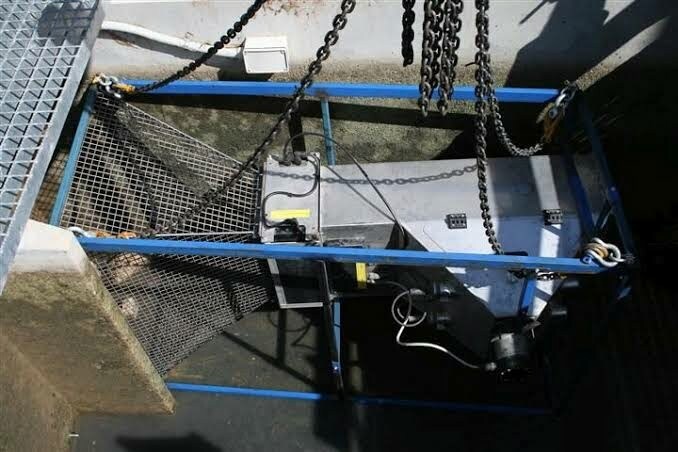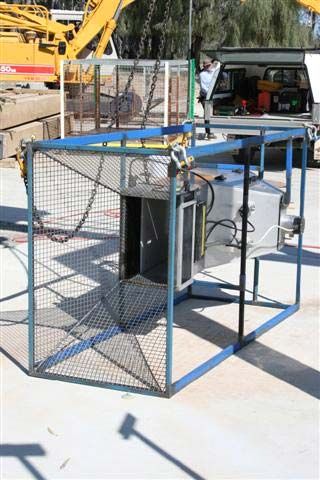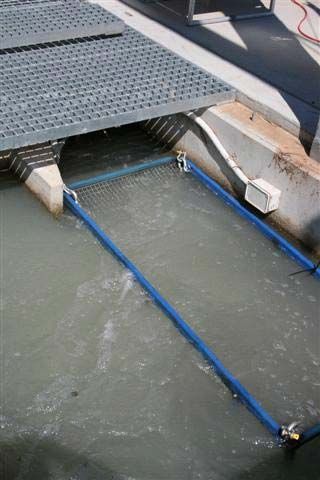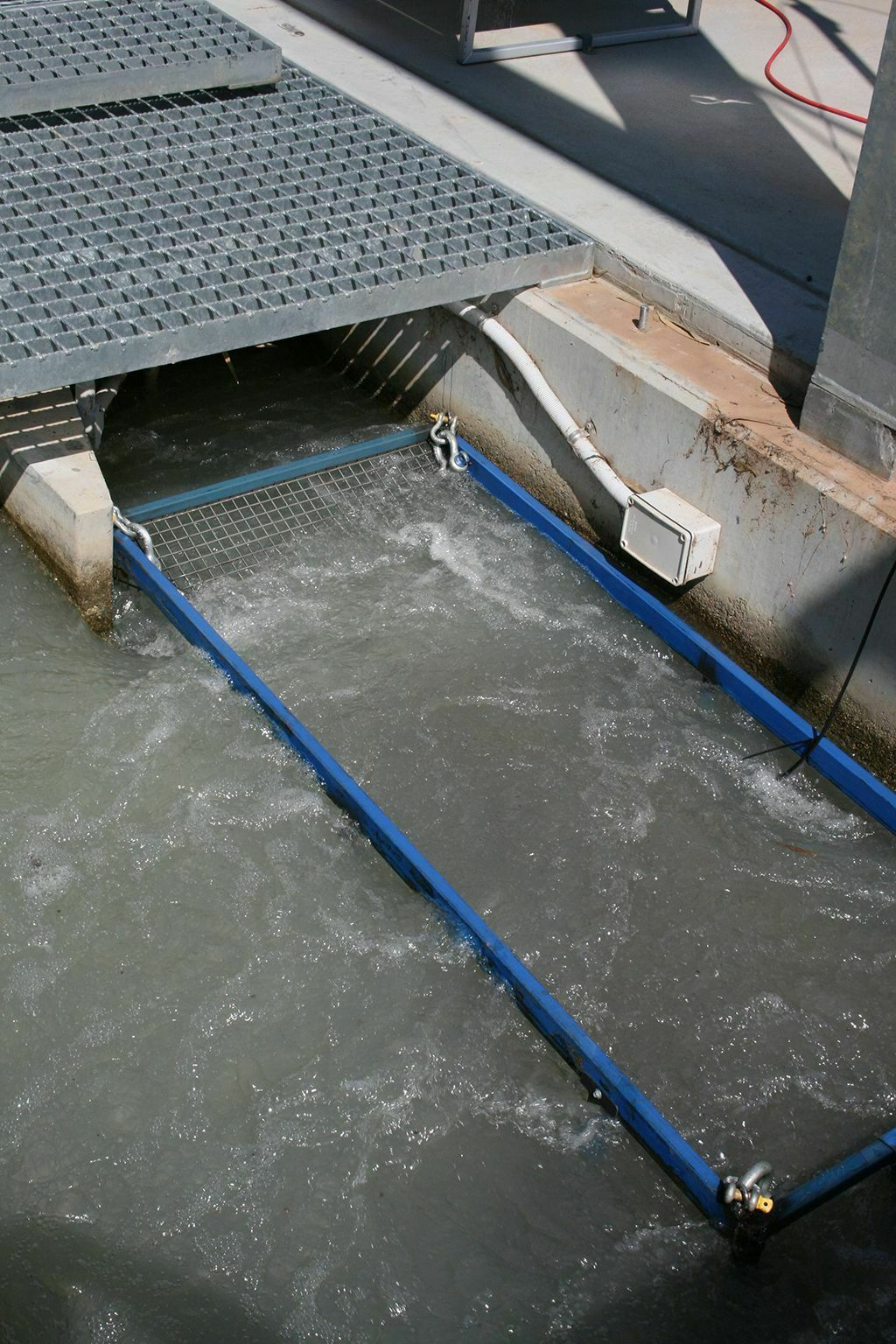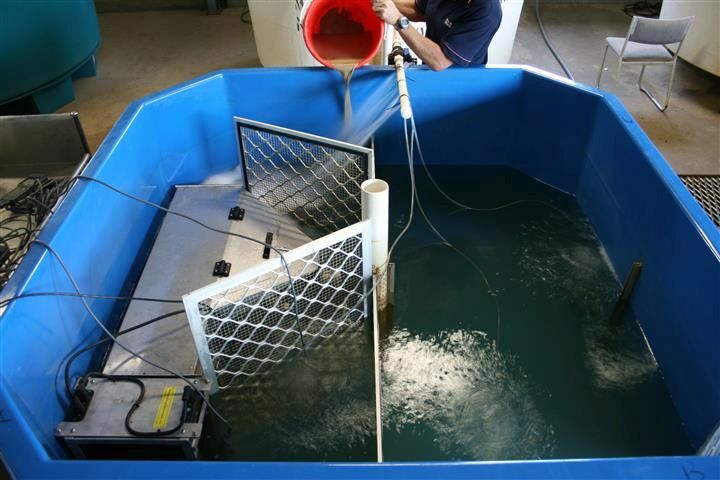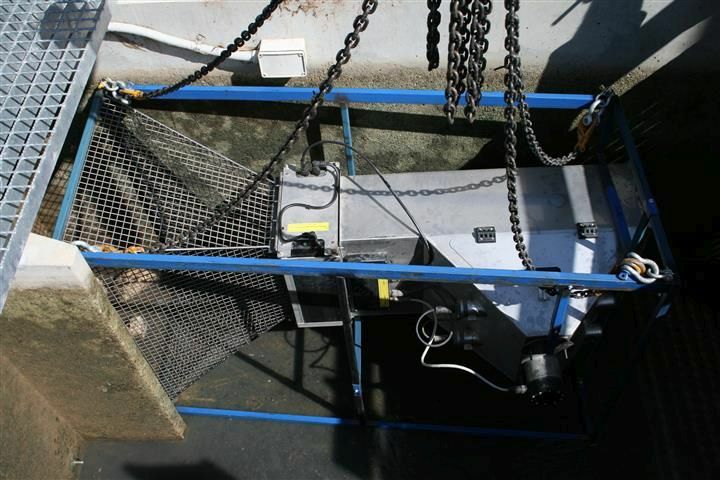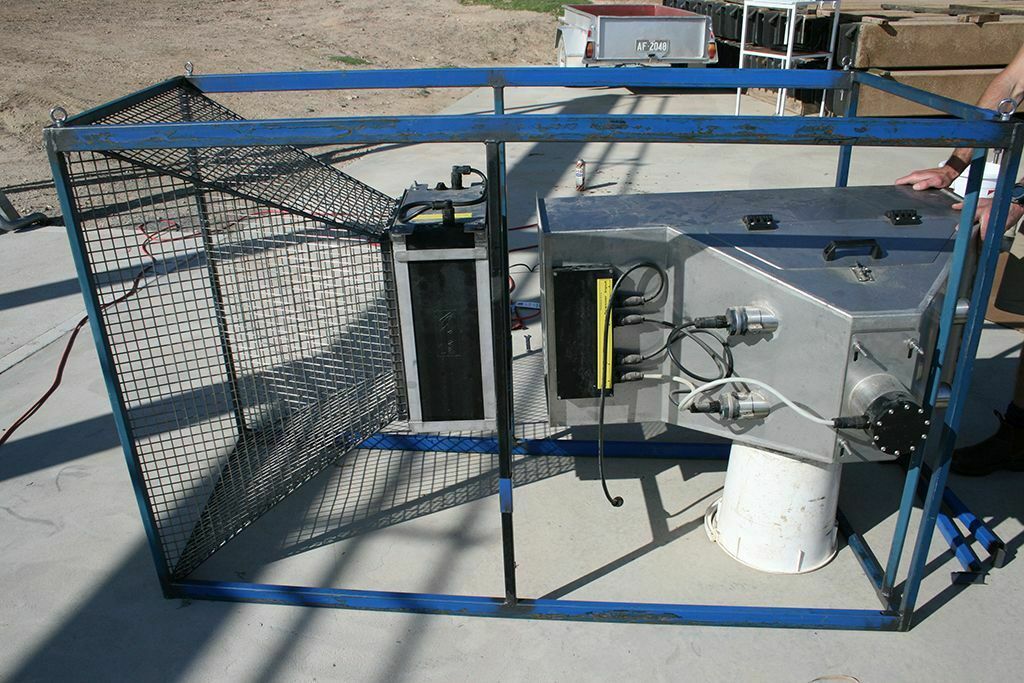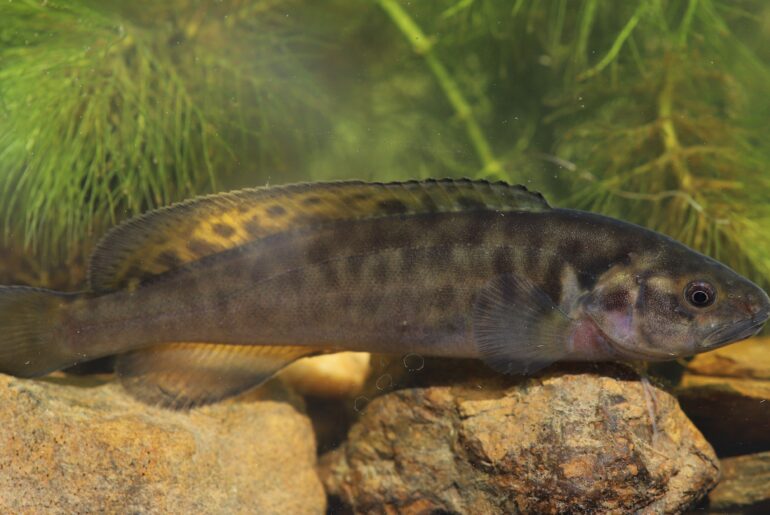A fishway construction program was initiated as part of the NFS to help improve fish passage past weirs in the MDB. Being able to gather information on migratory behaviour using an electronic monitoring unit is an attractive alternative to manual trapping. The VAKI Riverwatcher technology has been successfully used in Northern Hemisphere rivers to count and measure the size, date and shapes of fish which pass through an infrared scanner. The objectives of this project were to perform a field assessment of an infrared fish counter in the Basin; determine if turbidity reduces the accuracy of an infrared fish counter; and determine how fish behave in relation to an infrared fish counter and fish trap.
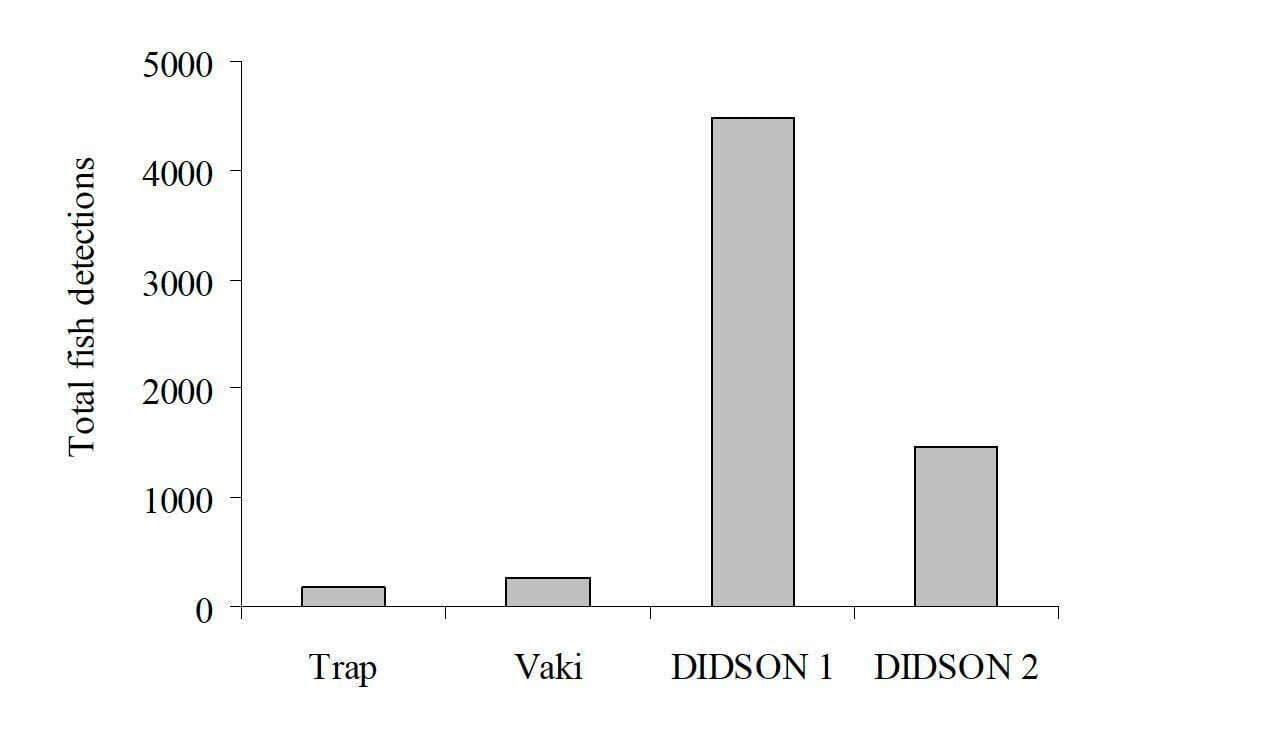
Findings:
Field trials were undertaken at Lock 10, on the Murray River (near Wentworth), which had been retro-fitted with a vertical slot fishway in 2006. The VAKI Riverwatcher unit was used in conjunction with other electronic monitoring gear (DIDSON), and a standard fish trap, to assess the ability of the Riverwatcher to distinguish different species, count migrating fish, estimate the size of migratory fish and to assess fish behaviour in and around the unit.
The Riverwatcher performed well and counted hundreds of migrating fish. Fish counts from the unit roughly corresponded with those caught within a fish trap upstream of the unit. However, the unit tended to underestimate fish size and some fish avoided contact with the unit.
Experimental trials on the impacts of turbidity on the Riverwatcher took place at the Narrandera Fisheries Centre between October and November 2008, using Silver perch (Bidyanus bidyanus) as a test species. The unit generally overestimated fish counts during low turbidity, but underestimated during high turbidity. It was also difficult to identify fish that actively avoiding passage through the unit.
Management implications:
The VAKI Riverwatcher unit provided a powerful way to count moving fish but often underestimated fish numbers and lengths, detracting from the quality of the hardware. If these limitations are overcome, or at least quantified, the unit would represent a cost effective mechanism to count and measure migrating fish.
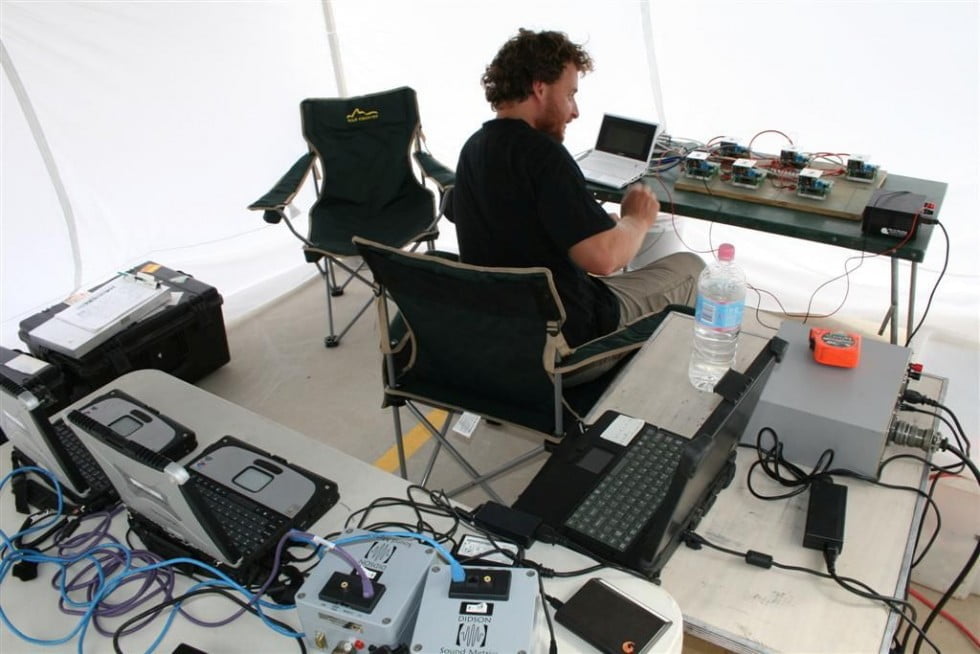
The unit has a range of potential applications including within fishways, at floodplain regulators, within supply channels, or at other points of suspected fish movement. It is flexible in terms of operation, but is limited by the restricted width of the scanner unit. Where width or depth is an issue, additional scanner units can be linked together to create an array, which can give wider spatial coverage of the target area. Provided the site of application is a known point of fish movement, obtaining count and size data on migrants would be possible and should be considered for a long-term deployment at a key site of fish migration in the Basin. Additional trials would help to determine if the gear is suitable for determining trends in fish movement over a longer time period.
Reference:
Assessment of an infrared fish counter (VAKI Riverwatcher) to track fish migration in the Murray-Darling Basin. Baumgartner L, Bettanin M, McPherson J, Jones M, Zampatti B and Beyer K (2010). Assessment of an infrared fish counter (VAKI Riverwatcher) to quantify fish migrations in the Murray-Darling Basin. Industry & Investment NSW – Fisheries Final Report Series No. 116. 47pp.
Related stories:
https://finterest.com.au/innovative-fish-counting-using-split-beam-hydroacoustic-technology/
https://finterest.com.au/using-hydroacoustics-to-monitor-fish-migration/
